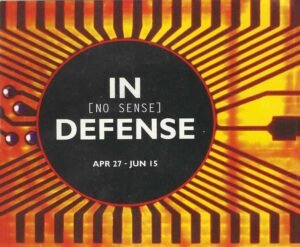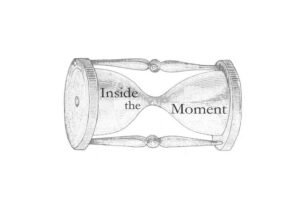Let’s presume that the monologue begins not in words, but in concrete images and their combinatory values. This mental process is neither a tabula rasa nor a singular photographic plate. It is a motion picture, which has been ingeniously envisioned and carefully sequenced to emphasize the close-ups and fade outs of flickering emotion, the angles of observation and the flashbacks of recollection. It behaves like a visual script that is always decentering, and running itself between the conscious and unconscious; eventually settling at the margins where the supports of its meaning are disclosed.
A fundamental characteristic of motion picture language, one that is germane to all photographic arts, is that it refers to objects by using the objects to which it refers. It relies on the camera to detach the object from the real world and reactivate it somewhere else. The eye encountering the world through the camera is already writing. The ensuing dialogue running between the camera and the world consists of symbols and metaphors. Today’s technology serves as a response and prosthesis for externalizing our innate, pre-linguistic, anti-realistic, imagery-associated thought. As a written externalization of an inner monologue, montage asks the viewer to engage in an image by image, part by part reading: fragmentary manifestations whose unity lies in its destination.










